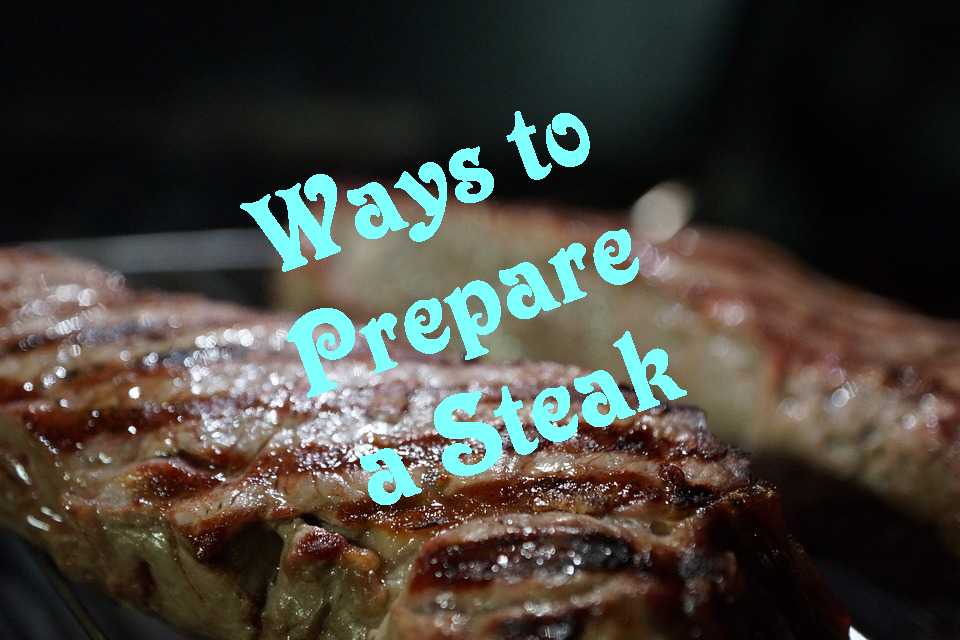There is an art to writing a great attention-grabbing headline. However, there are a few tried and true formulas that generate more click-throughs than others. The following post describes some techniques and formulas that you can use to generate great attention-grabbing headlines that will lead to click-throughs.
Back in the 1980s, I wrote my first book on the topic of interactive video management. After toiling for months writing content, I found a publisher. During my first conversation with the editor, he simply said that he didn’t care about the content that I was so proud of- what he really cared about was the cover and title. When I protested that the content was what people were buying, he replied that your book will be on a shelf at a book store. The customer will be scanning the titles on the spine of the book, and will only pull your book off the shelf if the title talks to them. He added that even if you have the best content on the world if the title is not compelling enough to get the reader to pull your book off the shelf, all the content you wrote will be a waste of time.
I never forgot about that exchange, and it truly resonated with me about the value of a title. My experience with my first publisher extends to the topic of writing great attention-grabbing headlines as well, because just like the example of the book title, if the headline doesn’t resonate with a reader, they will never get to your content.
According to the legendary ad man David Ogilvy:
“On the average, 5 times as many people read the headline as read the body copy. When you have written your headline, you have spent eighty cents out of your dollar.”
When you are writing marketing material for the internet, your headline is your <h1> or head-one text. In many cases, headlines may also include a subheading.
However, I’d like to make a distinction between a headline and a title.
HEADLINE: A headline, by my definition, is text, usually under 40 characters in length, that presents some type of value to a reader that is essentially a “call to action”. This also comes with the expectation that the reader will be compelled to click on the headline to get to the promised value conveyed in the headline. Headlines are used in articles or in blog posts and are crafted in such a way to make the reader want to see more. The headline text alone must convey the need for the reader to take action.
TITLE: A title, as I define it, is the most prominent text that appears on a homepage or landing page to draw the reader’s initial attention to the primary message being conveyed. Unlike a headline that is a call to action to read more, a title is just part of the page, as there is usually a separate call to action button of some sort in the page. Titles, therefore, often appear on product pages and are followed by some clarifying text and a call to action.
To write an attention-grabbing headline, you must prove its value to the reader in only a few words. The following are a few popular formulas to write a great headline.
Direct Headline
When writing your headline, you should consider the search query that a user would have entered into their search engine when crafting your attention-grabbing headline, then write a headline that directly answers the questions.
If a user entered the keyword search phrase “How to prepare a steak” and then came across this headline: “3 Ways to Prepare a Steak Like a Chef”, it directly answers their query and they are likely to click through to read more.
A great tool to help you visually see how people may be using your keyword in a search is AnswerThePublic.
Double Entendre Headline
Another technique when writing an attention-grabbing headline is to use a phrase with an indirect double meaning. For example, the headline “Fresh Bait Works Best” is not actually talking about fishing. This headline would be great to actually discusse the need to keep information current and is a play on words that makes the reader slow down and consider the real meaning of the headline.
Question Headline
An effective technique when writing an attention-grabbing headline is to write a headline question to pique curiosity in the reader to learn the answer. A headline that starts with “What if” or “Who is” can pique the reader’s curiosity to learn more and click through to the underlining page.
A related version is to write a headline question that generates doubt in the reader’s understanding. For example, “What is the best way to buy a new car?”
Write a headline question that identifies a point of pain that the reader might share. For example: “Do you suffer from…”
You could also do the opposite and write a headline that answers an inferred point of pain. The headline therefore clearly answers the pain point. For example, “Ways to prevent…”
Command Headline
The Command Headline tells the user what they need to do. For example, “Put the power of…” When writing command headlines, the first word should be a strong verb that commands action.
Specific Formulas for Writing Headline:
“How To” Headline Formula
The words “How to” are very often used when constructing a Google search, and as such, prefacing a headline with the words “How to” make great attention-grabbing headline starters.
How to is often combined with steps.
“How to” + Activity + # of steps
For example: “How to create a blog in five easy steps”
The construct is “How to”, followed by the activity- in this case, “create a blog”, which is then followed by the number of steps- in this case “in five easy steps”
How to headlines can often include a negative action as opposed to steps.
“How to” + Activity + “Without” + Negative Action
For example: “How to create a killer website without breaking the bank”
Number Headline Formula
Another effective attention-grabbing headline construct starts with a number as they create an expectation. The use of numbers in a headline demonstrates your authority by proving that you know multiple solutions.
“10 Quick Fixes to Make Your Website Marketing More Effective”
Since the number 10 is not a word, it is eye-catching.
A number headline often includes the word “Lessons” or “Ways” in the headline.
# + Lessons/Ways + “To” + Results
For Example: “4 Publishing Industry Lessons To Make You A Better Entrepreneur”, or “5 ways to improve your heart health”
Number headlines can often include exclusive content in the form of “secrets” or “hidden” ways as opposed to lessons.
# + Secrets/Hidden + Results
For example: “10 Secrets to Make Better Sales Calls” conveys to the reader that you have some information they do not have.
“You Need To” is also often used with Number headlines to create curiosity.
# + “You Need To” + Subject
For example, “8 Things You Need To Know About Your Credit Score”
“Reasons Why” is also often used with number headlines
# + “Reasons Why” + Subject
For example, “10 Reasons Why OpenOffice Is Better Than Microsoft Office”
Overcoming Writers Block
You might get writer’s block trying to craft an attention-grabbing headline, and could use some expert help. Some time ago I used the free version of the InboundNow plugin on my blog. The founder of InboundNow offers a free tool on their website to help you write great attention-grabbing headlines.
Emotional Appeals
Finally, it is always a good idea to include an emotional appeal in your attention-grabbing headlines such as romance, self-preservation, recognition, or money in your headline and associated images.
How can you write an attention-grabbing headline for your next piece of content?












